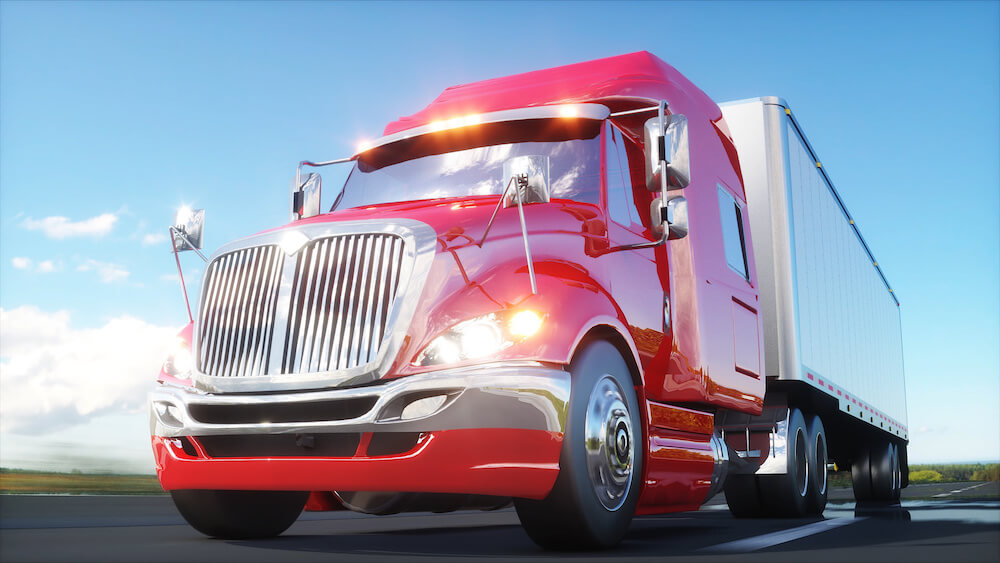As of December 18, 2019, the Federal Motor Carrier Safety Administration will require all commercial drivers to use an electronic logging device (ELD) and discontinue the use of any other method of collecting important data. An ELD records the date and time as well as engine hours, location information, vehicle miles, and information about the driver, vehicle, and motor carrier. But what happens if an ELD is deemed non-compliant after it’s been in use?
Motor carriers must register ELDs with the FMCSA to remain compliant
Before purchasing a new unit, motor carriers must go to the FMCSA website to view a list of self-registered ELDs. The FMCSA only considers an ELD compliant if purchased from a manufacturer on that list. An ELD can also fall into non-compliant status if it fails to work properly for more than eight days.
What to do when an ELD malfunctions
Drivers should notify motor carriers within 24 hours if they receive one or more error messages on their ELD. FMCSA regulations then allow the driver to record service hours and other details on blank graph paper for up to eight days. The motor carrier must arrange for repair of the ELD in that time or risk receiving an out-of-service notice from the FMCSA. Motor carriers also have eight days to replace an ELD considered non-compliant for reasons other than malfunction.
Sometimes an entire fleet of commercial vehicles will experience problems with ELDs. If this occurs, the FMCSA will work with those affected to establish a reasonable timeframe to bring the devices back into compliance.
An ELD must connect properly with a driver’s mobile device
The way a driver connects his or her ELD to a mobile device can determine whether it’s compliant or non-compliant. If choosing this option, the driver can connect the ELD through a cellular network or Bluetooth. Unfortunately, a driver runs the risk of non-compliance by using a cellular-based ELD because it might stop working in areas with spotty cell phone coverage. The benefit of using Bluetooth is that it’s fully reliable and always available. This will always ensure that drivers remain in compliance.
Other items required for compliance
FMCSA compliance requires more than just using a properly registered and functioning ELD. When stopped for a roadside inspection, a driver must also show that he or she carries an ELD operating manual, an instruction sheet on how to transfer hours-of-service to an FMCSA-authorized safety official, an instruction sheet to report ELD malfunctions, and an information sheet on how to record required data during an ELD malfunction. Lastly, every driver should carry a supply of blank graph paper to record data manually for up to eight days.
Stay in compliance with insurance regulations too
There is much more to working as a commercial driver than transporting a load from one location to another. You also need to keep up with numerous regulations in addition to maintaining a compliant ELD. You need to make sure that you have the right insurance coverages to protect your truck business. Get started with your quotes by giving us a call. You can also fill out our online form or message us on LiveChat.



